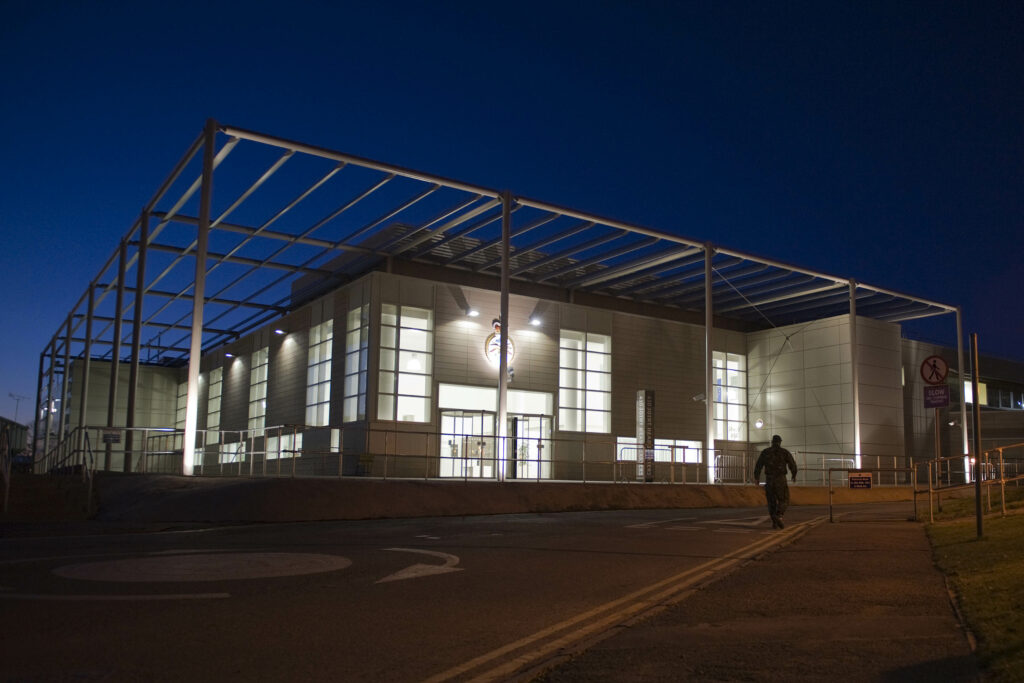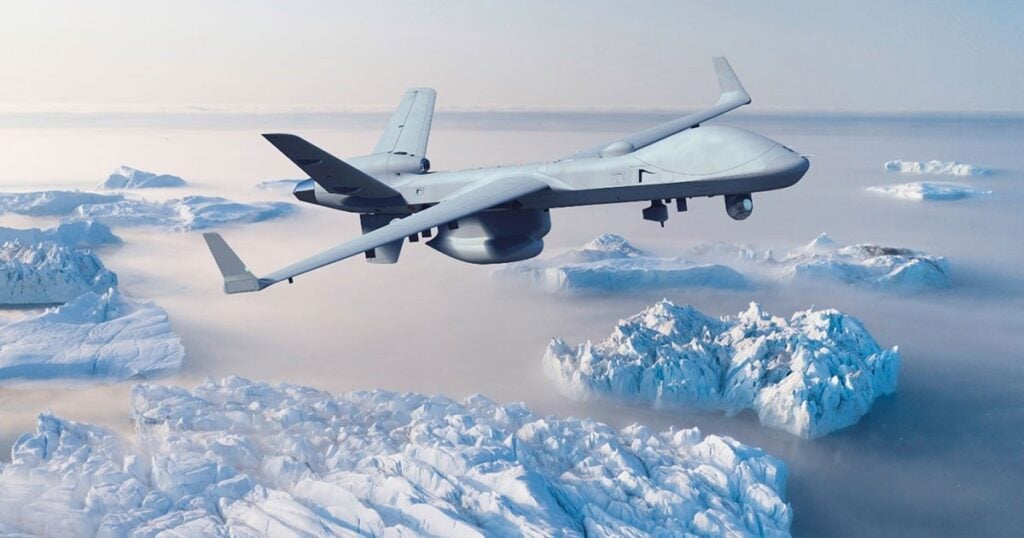
The Permanent Joint Headquarters (PJHQ) serves as the United Kingdom’s operational command center for overseeing and managing joint military operations across the globe. Established in 1996 at Northwood Headquarters, Hertfordshire, PJHQ is a crucial component of the UK Ministry of Defence (MOD), enabling the integration and coordination of the British Armed Forces—comprising the Royal Navy, British Army, and Royal Air Force—under a unified command structure. This article provides an updated examination of PJHQ’s role, responsibilities, and structure, reflecting its ongoing evolution to meet the contemporary security challenges faced by the UK.
Role and Responsibilities of the PJHQ
PJHQ’s primary function is to plan, command, and control joint and combined military operations outside the United Kingdom. It operates under the leadership of the Chief of Joint Operations (CJO), who reports directly to the Chief of the Defence Staff (CDS). PJHQ is responsible for the operational control of all UK military forces deployed on missions overseas, ensuring that they are coordinated effectively to achieve strategic objectives set by the MOD and the government.
The headquarters is involved in a wide array of military operations, ranging from high-intensity conflict to peacekeeping, disaster relief, and humanitarian assistance. PJHQ also plays a critical role in planning and executing contingency operations and exercises, maintaining a state of readiness to deploy forces rapidly in response to global crises. Furthermore, it supports the MOD’s decision-making process by providing timely intelligence, operational planning, and logistics management.
Permanent Joint Headquarters Organizational Structure
PJHQ is staffed by approximately 600 personnel, including military officers from all three services, civil servants, and specialists. The organizational structure is designed to facilitate a multidisciplinary approach to operational command and control, with staff grouped into functional areas, such as:
- J1: Personnel and Administration
- J2: Intelligence
- J3: Operations (covering land, sea, and air domains)
- J4: Logistics and Medical Support
- J5: Policy and Crisis Planning
- J6: Communication and Information Systems
- J7: Joint Training
- J8: Finance and Human Resources
- J9: Legal Affairs
In addition to these core functions, PJHQ also includes a Joint Force Headquarters (JFHQ), which is a high-readiness, deployable command element capable of conducting operations in austere environments. This unit enhances PJHQ’s ability to project command and control capabilities rapidly across the globe.
Operational Command and Multinational Cooperation
One of the defining features of PJHQ is its ability to operate in multinational environments, working closely with allied and partner nations’ military forces. The headquarters frequently leads or contributes to NATO, United Nations, and other coalition operations, providing a crucial link between the UK’s national military strategy and international security efforts.
PJHQ’s role extends to providing support for operations led by other nations, where it assumes operational command of UK forces involved in these missions. This capability ensures that the UK can contribute effectively to collective security while retaining command over its forces.
PJHQ Budget and Resources
The operational budget of PJHQ is substantial, reflecting its expansive role in managing the UK’s overseas military operations. This budget supports ongoing missions, including those in complex operational theaters such as the Falkland Islands, Cyprus, and Gibraltar, as well as larger scale operations in areas like the Middle East and Africa.
In addition to regular funding, major operations, such as those in Afghanistan and Iraq, are funded through supplementary budgets approved at the government level. This additional funding ensures that PJHQ has the necessary resources to sustain prolonged engagements and respond to emerging threats without compromising the readiness of the UK Armed Forces.



















